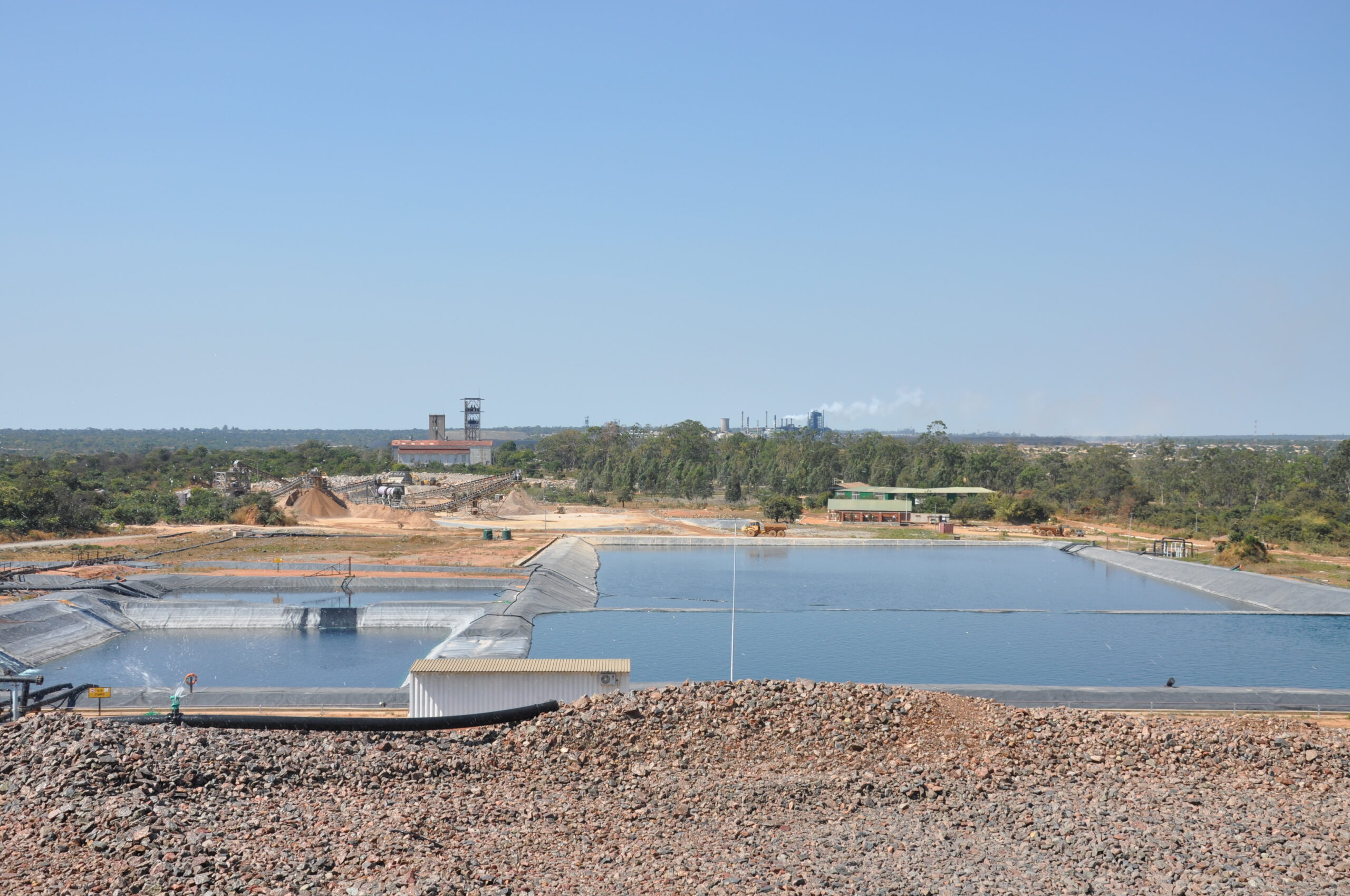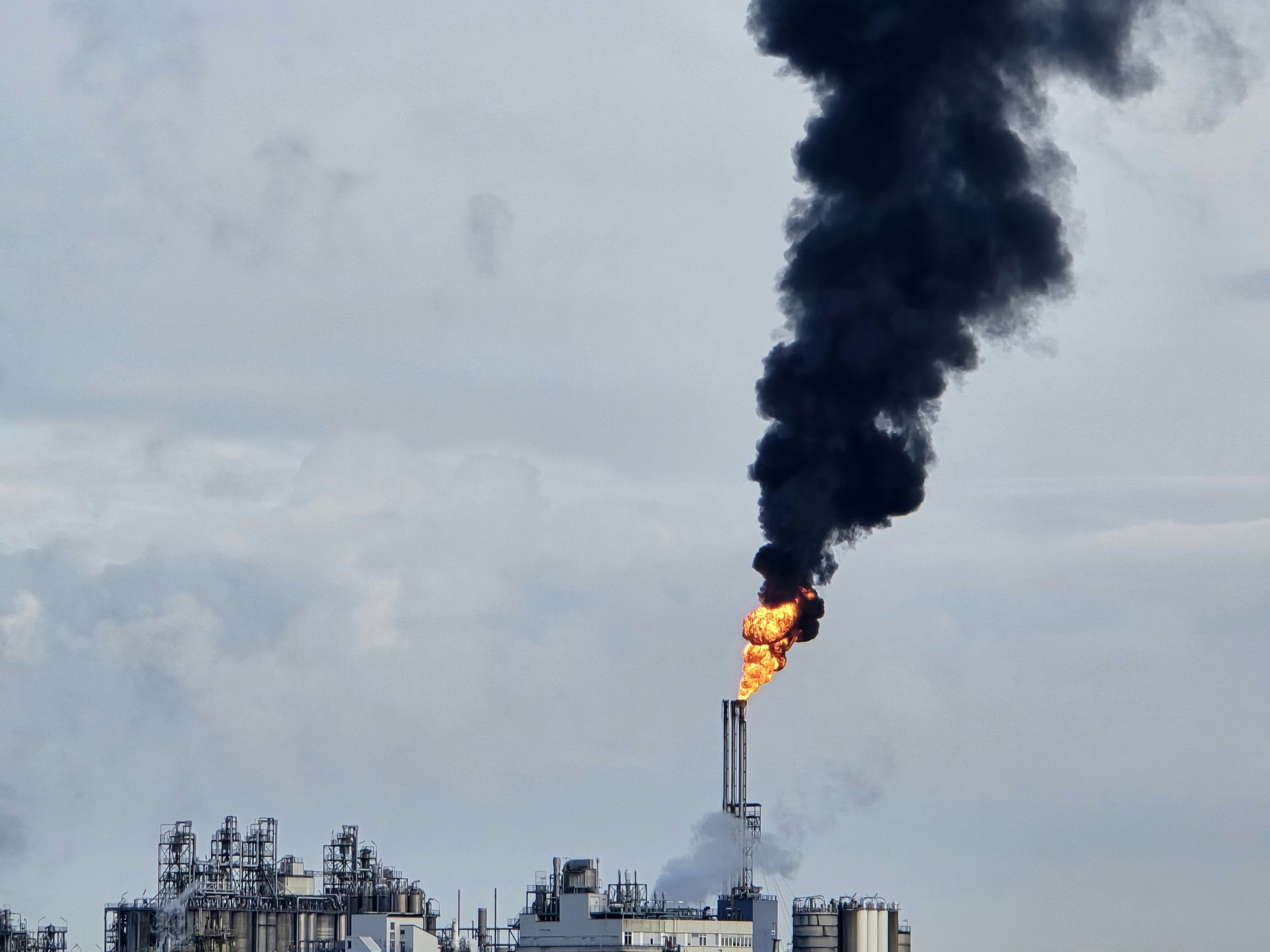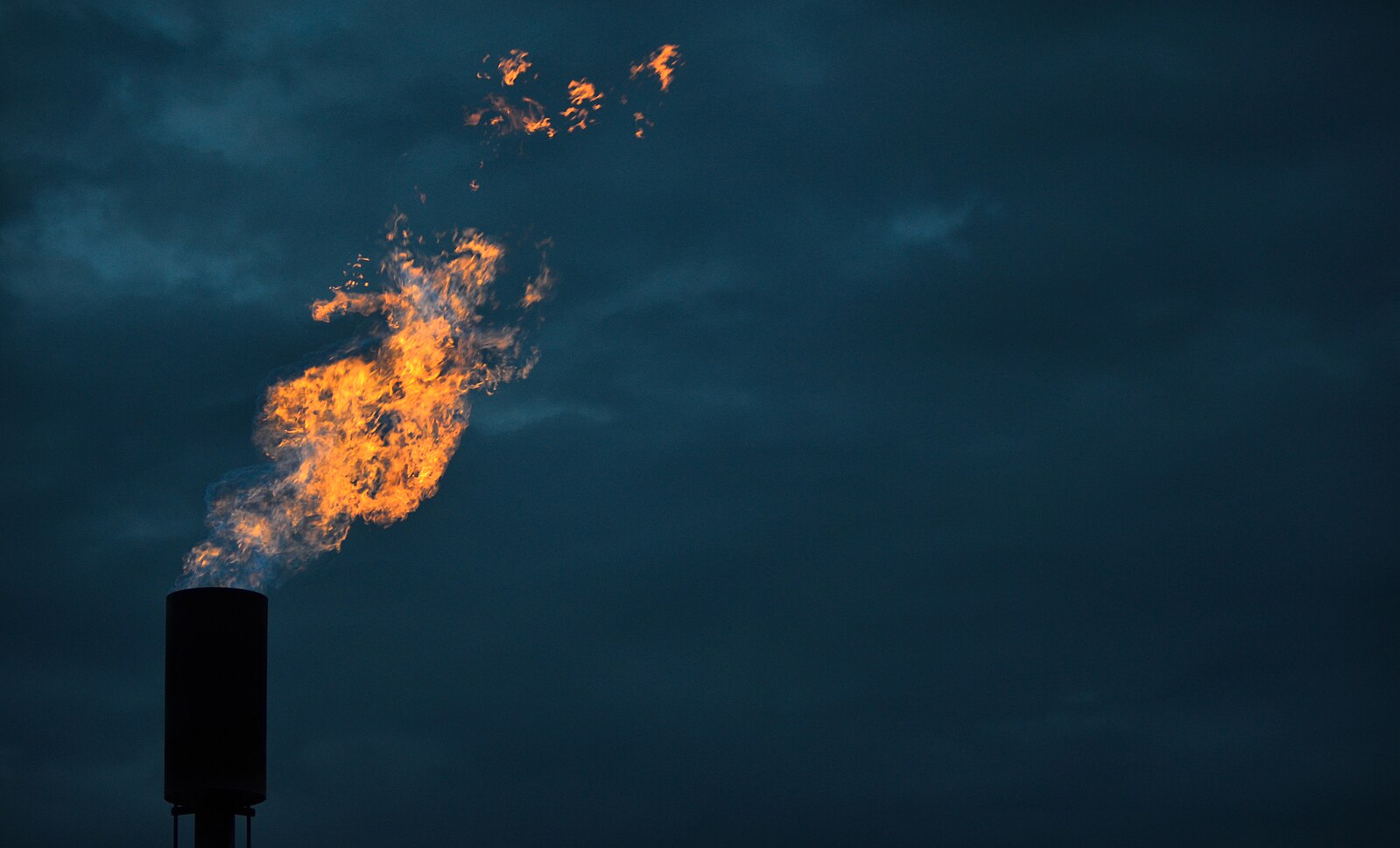We are excited to announce that Brink is now part of Africa Practice. Learn more
Zambia: on course for mining-led growth?

Twenty seven months after Zambia defaulted on its external debt, the foundations for restoring debt sustainability are being laid. The process is long and painful, with thousands of commercial creditors first needing to agree to a haircut, before China and the Paris Club can restructure the nation’s USD 13 billion external debt pile.
“Time is of the essence”, said Situmbeko Musokotwane, Minister of Finance, in an interview with the Financial Times this month. We should all just focus on and get the debt [relief] delivered.”
President Hakainde Hichilema (HH) may have been preoccupied with restructuring Zambia’s external debt since his election in August 2021; however, mining is rising up the agenda. HH has committed to boost copper production to 3 million tonnes a year by 2032, from around 800,000 tonnes today. Meeting this ambitious target requires USD 30 billion of investments, according to analysts at BMO Capital Markets.
Zambia’s mining sector appears to be on the right track with new operations in Mumbwa, Mkushi and Ndola set to enter production soon, and the expansion of FQM’s Kansanshi Enterprise Nickel project, which promises to be the largest nickel mine in Africa. The widely touted Mingomba project also received USD 150 million of investment from KoBold Metals, whose shareholders include Breakthrough Energy Ventures – a climate and technology fund founded by Bill Gates and backed by Jeff Bezos and Sir Richard Branson – and BHP.
Legacy assets require urgent attention
However, two major obstacles remain. The country’s largest copper mines, Konkola Copper Mines (KCM) and Mopani Copper Mines, which together accounted for 207,000 tonnes of production, or one third of the nation’s entire production in 2019, are today moribund. Getting these assets back into full production is a clear imperative for Zambia’s mines minister, Paul Kabuswe.
Speaking on the fringes of the annual Mining Indaba in Cape Town in February, Kabuswe expressed confidence that a new investor for Mopani would be found very soon. Sibanye-Stillwater is reported to be among the frontrunners, and the company’s CEO, Paul Froneman, has publicly declared his interest. He will need to be ready to make a significant investment to increase output at Mopani.
Meanwhile, it’s not clear to anyone how the spat with Vedanta concerning ownership of KCM will be resolved following the appointment of a provisional liquidator in 2019, although the parties agreed late last year to try to settle their disagreements out of court. There’s speculation that the government may invite Vedanta back, but at what price no one yet knows. What is clear is that returning both KCM and Mopani back to full production would contribute greatly to realising the goal that Hichilema has set for boosting national output, and would be an economic lifeline for the citizens of Ndola, Chingola, Mufulira and Kitwe, where the mines are located.
Across the border from Zambia, the Democratic Republic of Congo’s annual production of copper has now reached 1.8 million metric tonnes, or more than twice Zambia’s output, and may yet reach close to 2.5 million tonnes per year. While the DRC’s stronger output owes much to the fact that Chinese investors and operators have been able to operate huge assets with limited oversight from the government and the media, it should also serve as a wake up call for Zambian policy-makers. Policy-consistency matters.
Industry needs are being taken onboard
With the clean up Zambia’s mining cadastre portal now almost complete, there’s good reason to believe that Zambia will attract significant new exploration. The nation’s mineral endowment is well publicised, and so too its record of peace and security in a volatile region. Many of the world’s largest mining companies like what they are hearing from Hichilema. They see a government that understands the needs of investors, after a period of hiatus and high tensions between industry and the state under the Lungu administration.
President Hichilema recognises the opportunity to capitalise on surging demand for copper amid the global energy transition, which will require vast amounts of copper to extend transmission lines, install new wire in renewable power sources, and electrify existing appliances and cars. But to reap these dividends, Hichilema must resolve legacy challenges facing the sector and maintain a stable minerals taxation policy (Zambia changed its mineral royalty regime 10 times in 16 years prior to 2019).
Hichilema is making progress with restoring investor confidence. The 2023 national budget, which introduced a simplified tax regime for miners, was welcomed by Sokwani Chilembo, CEO of the Zambia Chamber of Mines, as another step in the right direction and “a good day for Zambia’s mining industry and, by extension, for the country’s economic trajectory.’’
Sokwani underlines the importance HH’s administration attaches to achieving “goal congruence” with industry for mining-led economic growth. The outlook for residents of the Copperbelt – the second most populous region in the country – rests on this. Zambians in the Copperbelt were instrumental in securing HH’s election victory in 2021 (UPND garnered more votes than the PF in every Copperbelt constituency other than Kabushi). Their fortunes may determine Hichilema’s success at the polls in 2026.
About the Author
Marcus Courage is the CEO of Africa Practice.
Proud to be BCorp. We are part of the global movement for an inclusive, equitable, and regenerative economic system. Learn more


